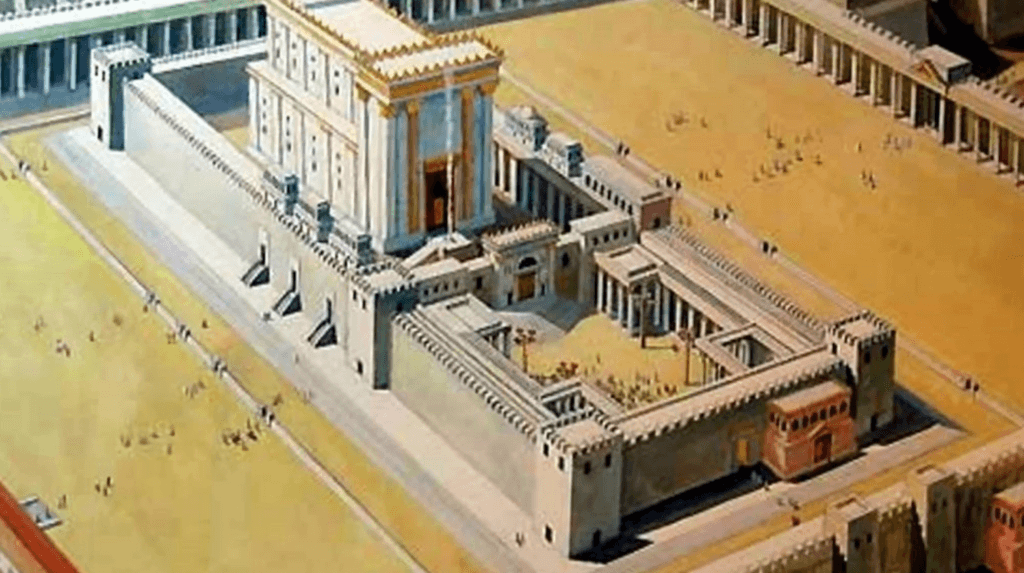In the tapestry of Freemasonry, symbols, and orientations are not mere architectural decisions or arbitrary choices; they are imbued with profound meaning and historical significance.
Among these, the orientation towards the East stands as a cornerstone of Masonic symbolism and practice.
This article delves into the multifaceted importance of the East in Freemasonry, exploring its historical roots, philosophical underpinnings, and its enduring influence on lodge architecture and rituals.
From the ancient symbolism of light and enlightenment to the architectural homage to King Solomon’s Temple, we unravel the reasons why the East holds a place of unparalleled reverence in the Masonic Lodge.

Symbol of Light and Enlightenment
As the sunrise in the East heralds a new day, casting away shadows and cloaking the world in a warm, golden light, so too does the East hold profound symbolism in Freemasonry.
This orientation is not a mere geographical reference but a deeply ingrained symbol that illuminates the path to wisdom, akin to acquiring a spiritual enlightenment of great depth and significance.
In the Masonic ethos, ‘light’ transcends its literal meaning.
It represents a journey of gaining wisdom, understanding life’s deeper truths, and an elevation of moral character.
The sun, in this allegory, plays a pivotal role by dispelling darkness and revealing reality in its true form.
Thus, the Masonic practice of facing the East is far more than a traditional ritual; it is a metaphorical quest for valuable insights, truth, and enlightenment.
This orientation serves as a daily call to action, a reminder to continually seek personal growth and internal illumination.
Historical and Religious Significance
In the rich tapestry of Freemasonry, the direction of the East is steeped in historical reverence and spiritual symbolism.
This choice is not arbitrary but a respectful acknowledgment of ancient spiritual customs.
Consider the iconic King Solomon’s Temple, purposefully designed with its sanctum facing East, representing a profound connection with the divine and a pursuit of enlightenment symbolized by light.
The East’s resonance in Freemasonry is a complex blend of historical homage and spiritual symbolism:
Ancient Roots: Historically, temples, including the famed Solomon’s, were oriented Eastward, denoting ceremonial and religious significance.
Divine Association: Light as a metaphor for enlightenment is central in Masonic rituals, with the East representing a quest for wisdom and understanding.
Cultural Crossroads: In various religious traditions, such as Christianity and Buddhism, the East symbolizes rebirth and enlightenment, respectively.
The Sun’s Journey
The East in Freemasonry symbolizes the dawn of enlightenment and wisdom, akin to witnessing the first rays of sunlight ushering in a new day.
It marks the commencement of a Mason’s quest for understanding, mirroring the sun’s ascent.
This celestial journey from sunrise to sunset parallels a Mason’s path of learning and growth.
The sun’s trajectory, from the burgeoning light of dawn to the full radiance of midday, reflects a Mason’s progression towards greater wisdom.
As the sun sets in the West, it signifies the culmination of this journey, enriched with knowledge and experience.
The sun’s passage across the sky is a powerful Masonic emblem, guiding one’s journey from its rise in the East to its setting in the West, a celestial cycle that resonates deeply in Masonic life.
Lodge Architecture and Rituals
The layout of a Masonic lodge, with the altar and the Master’s chair strategically placed in the East, is rich in symbolism and purpose.
This eastward orientation in Masonic lodges signifies a quest for wisdom and moral awakening.
The design, with its key elements facing East, underpins a belief in the importance of direction in both spiritual and practical aspects, inspiring continuous growth and the pursuit of understanding.
Cultural Associations
In Freemasonry, the East transcends its geographical significance, embodying enlightenment and the quest for knowledge.
This orientation is a symbolic reminder of personal growth and spiritual development, echoing the cultural associations of new beginnings and the dawn of a new day.
Masonic practice views the East as:
A symbol of Rebirth: Echoing the rejuvenation brought by the sunrise, the East in Freemasonry signifies a fresh pursuit of knowledge.
A guide in Journeys: Reflecting various cultural views of the East as a guide in spiritual quests.
In this way, Freemasons align themselves with a rich cultural heritage that celebrates renewal, hope, and enlightenment.
Connection to Early Temple Architecture

The orientation of Masonic lodges towards the East is rooted in the historical design of temples, traditionally built to face the sunrise.
This alignment symbolizes light, rebirth, and enlightenment and indicates a spiritual connection, with the East often associated with divinity.
Masons emulate this ancient architectural practice, connecting their sacred spaces to the East to tie in with a tradition that speaks to their craft’s heritage and spiritual aspirations.
This practice is a tribute to ancient architects, infusing Masonic gatherings with layered meanings.
Entering a Masonic lodge is to step into a space aligned with historic temples.
This alignment is not merely aesthetic but functional, linking modern Freemasons to the foundations of ancient structures and their enduring wisdom.
Facing the East, Freemasons acknowledge their heritage and embrace the light of tradition and enlightenment.
This orientation is a testament to the enduring relevance of ancient architectural wisdom in modern Masonic rituals and rites.